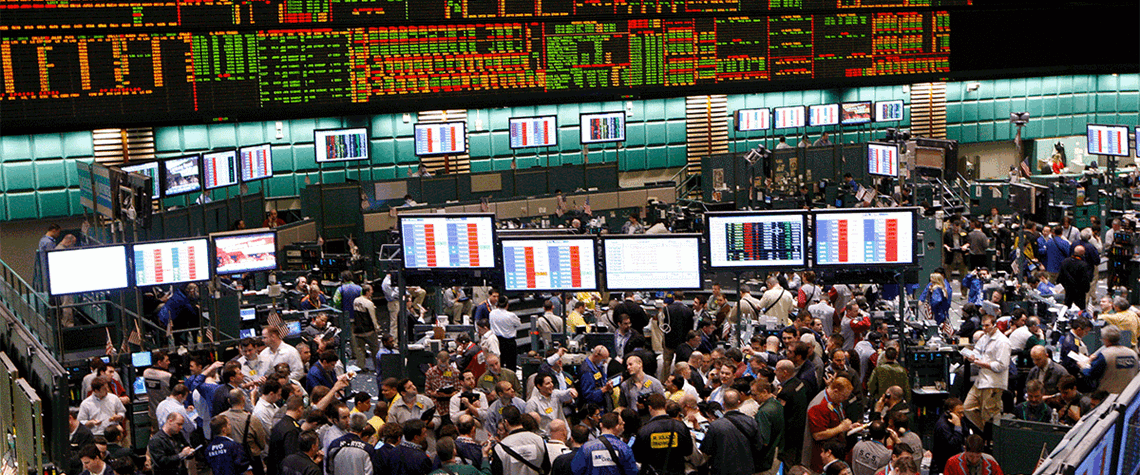I had a ringside seat for some of the most infamous financial trading scandals during my career. My first job offer arrived in the post the day Barings Bank blew up; looking back, this was an ominous sign for my career and chosen profession.
Three months into my first commodity job at Rothschild, Yasuo Hamanaka, the chief copper trader at Japanese trading house Sumitomo, broke the copper market as his fraudulent activities were finally exposed. A year later, the Bre-X pump-and-dump gold mining scandal rocked the mining industry and gold market. Then, in 2000, US energy trader Enron imploded, and in 2006 the Amaranth hedge fund exploded through untenable positions in US natural gas.
In 2008, just before the global financial crisis, US energy firm Semgroup exploded after being on the wrong side of an oil spread options trade. More recently, the Tsingshan nickel fiasco rocked the London Metal Exchange.
Not all these events are fraudulent; some are poor judgement in managing risks—people so out of their depth in ability and understanding that they make a bad situation worse. Others are pure greed or genuinely believing they are correct while everyone else is wrong.
The Hunt brothers—scions of legendary oilman HL Hunt—in the late 1970s silver market and the Amaranth debacle would fall into this latter category. Greed and pride may play a part in all of these, but when we review any scandal and loss, the stories are far more complex than we think.
At the heart of every story is a trader. When I think of who a commodity trader is, even after 40 years, I keep going back to that famous scene in the 1983 movie Trading Places where Louis Winthorpe III (played by Dan Aykroyd) is explaining to Eddie Murphy's character about trading futures. “Think big, think positive, and never show any sign of weakness. Always go for the throat. Buy low, sell high. Fear? That is the other guy's problem.”
“Nothing you have ever experienced will prepare you for the unlimited carnage you are about to witness. Superbowl, World Series—they do not know what pressure is,” Aykroyd’s memorable portrayal continues. “In this building, it is either kill or be killed. You make no friends in the pits, and you take no prisoners. One moment you are up half a mil in soybeans and the next, boom, your kids do not go to college and they have repossessed your Bentley. Are you with me?”
MG's fall from grace
The events that brought German conglomerate Metallgesellschaft (MG) to its knees happened just before I started working. But ironically, it may have piqued my interest in derivatives trading when I was still a physics student, as I recall my father sending me an article on it.
It is almost 30 years since MG’s December 1993 announcement of a $1.3bn loss in its US subsidiary MG Refining & Marketing (MGRM), stemming from poor management of its risks in the oil and refined products markets. It is a fascinating case study in energy risk management, credit, liquidity and governance that every young commodity professional—banking, sales, trading or operations—should study in detail.
MG was one of Germany's largest industrial conglomerates. It was founded in 1881 by Wilhelm Merton in Frankfurt and began as a metals trader then, eventually, a chemical supplier. By the early 1990s, it had approximately $15bn in annual sales, generated by over 40,000 employees working within 250 domestic and foreign affiliates.
But, like all big German companies of the time, it wanted to grow and grow. In 1989, MG appointed Austria-born Heinz Schimmelbusch as CEO. He and his management team developed an aggressive strategy to increase sales growth and profitability.
MG had already decided to develop a fully integrated US oil business—exploration, production, refining, storage, and transportation. In 1989, it purchased a 49pc ownership interest in Castle Energy, a US oil and gas E&P firm that later developed into an oil refiner. MG signed a ten-year contract to purchase Castle Energy’s production and guarantee its margins.
MGRM was a promising addition to this business line. It was tasked with creating a market for long-term, fixed-rate forward energy contracts for US consumers, both large and small.
Over-the-counter energy swaps and the energy futures market had not been around that long, with WTI crude debuting in 1983, gasoline following in 1984 and heating oil in 1987. So, if energy price risk, and many other financial risks, were to be a big part of a successful operation, the MG parent needed trading talent to make MGRM a success.
Thus, MG rehired a former employee, Arthur Benson, to run MGRM. As we shall see in part two, he will play a pivotal role in what unfolded.
This is the first in a three-part series on the Metallgesellschaft debacle. The second part, Oil trading’s biggest bust – MG: Enter Arthur Benson, and the final part, Oil trading's biggest bust - MG: The death spiral and aftermath are also available to read for free on the Petroleum Economist site.








Comments